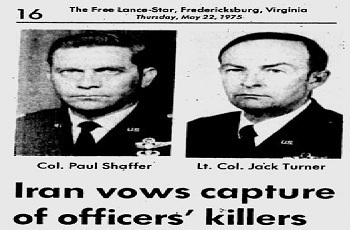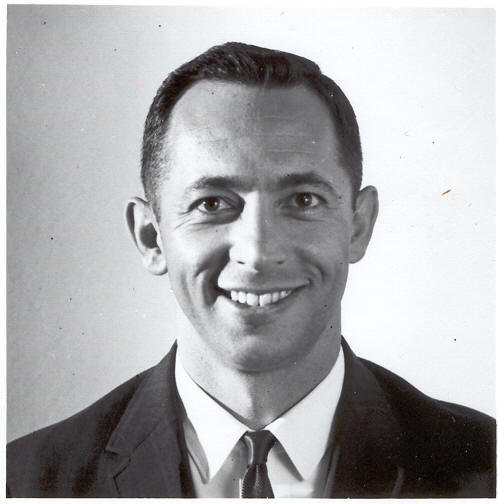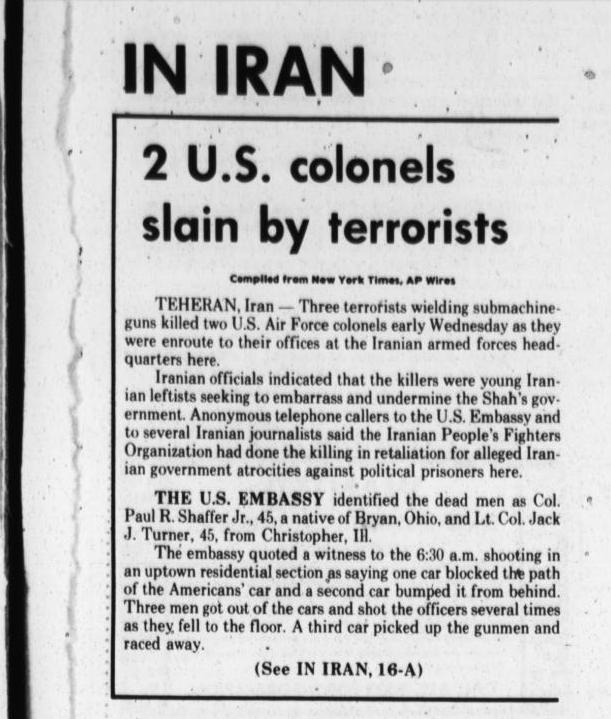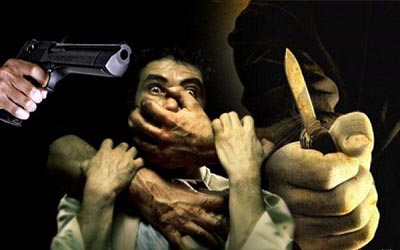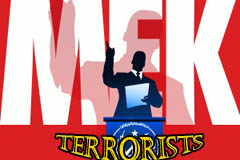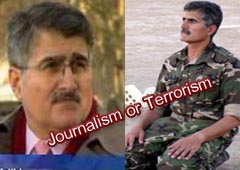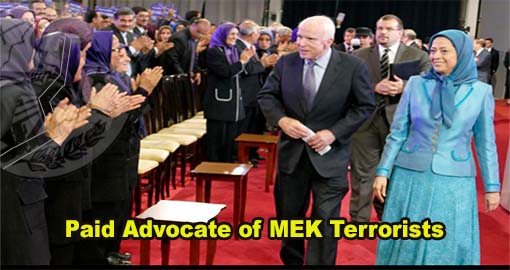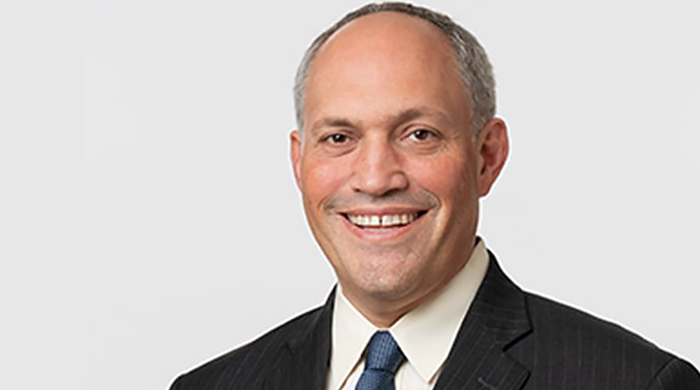On the 38th anniversary of the U.S. Embassy takeover in Tehran, the propaganda activists of the Mujahedin Khalq Organization (the MKO/MEK/ the Cult of Rajavi/ the PMOI) keep on their efforts to purify their violent history projecting the entire violence committed at the time to the newly established Islamic Republic.
The member of the MKO’s parliament in exile, Ali Safavi fabricated a post on the Hill to distance his group from any opposition against the United States; the enemy of the enemy is now the dear respected friend of the MKO.
Safavi claims that the chants of”Death to America”and “the disdain for international norms” are exclusively embraced by the Islamic Republic. Approving the invalidity of Safavi’s claims is quiet easy by a very simple search in the accessible papers and documents of the group itself, as well as the international bodies and the worldwide media.
One very tangible investigated report is that of Chris McGreal of the Guardian that defined “what is the MEK” in September 2012, the same time that the group was delisted by the US State Department. “The MEK ran a bombing campaign inside Iran against the Shah’s regime the 1970s,” he wrote. “The targets were sometimes American, including the US information office, Pepsi Cola, Pan Am and General Motors. The group routinely denounced Zionism and”racist Israel”, and called for “death to America”…The MEK was an enthusiastic supporter of the seizure of the US embassy in Tehran following the Iranian revolution. It called the eventual release of the American hostages a”surrender”. [1]
Definitely, the slogan “death to America” was widely used by the MKO at least in the first three decades of its existence. Besides killing the American citizens in Iran in 1970’s, the group was a radical anti-America entity until the fall of its former landlord Saddam Hussein. They celebrated the death of hundreds of American citizens in the September eleventh attack in 2001. “After this, the scenes of the airplanes smashing into the towers began to be broadcast on the widescreens in the hall over and over again,” Reza Sadeghi Jabali, former member of the group said in his testimonies. “Each time they were shown, the leaders would stand up, cheer, clap and shout slogans and each time they would look toward the section commanders to ensure they and their people also stand up and join the celebrations. And they would, because they knew the consequences of not obeying. Rajavi, standing on the stage, was more excited than anyone else. After a while he ordered people to stop and listen. He then said (his exact words): “Praise Islam. Praise Islam. Imagine, if this is what Reactionary Islam can achieve, then what a day it will be when Revolutionary Islam steps up to the scene”. [2]
The MKO’s anti-US approach was originally documented by the US State department. The State Department’s Country Reports on Terrorism released in 2011, listed the MKO’s attacks against the American interests in Tehran which included six cases of bombings in different places that ended with the death of six American nationals. One case was particularly committed in the US embassy in Tehran. “In 1972, the MEK set off bombs in Tehran at the U.S. Information Service office (part of the U.S. Embassy),” the report said. [3]
“Though denied by the MEK, analysis based on eyewitness accounts and MEK documents demonstrate that MEK members participated in and supported the 1979 takeover of the U.S. Embassy in Tehran and that the MEK later argued against the early release [of] the American hostages,” the report said. “The MEK also provided personnel to guard and defend the site of the U.S. Embassy in Tehran, following the takeover of the Embassy.” [4] Thus, it was not unlikely that the MKO agents would have killed the American hostages of the embassy if they had had the power at the time.
While Ali Safavi calls the hostage taking in the US embassy as “medieval”, claiming that the Iranians have changed and seek a normal relation with the US, he should be asked what about the MKO. As the representative of the MKO, he claims that his group has got “re-energized, boosting its strength and cohesiveness” to aid the Iranian people in their aspiration for friendship with the West. Supposing that the Iranians trust the MKO for the alleged vows, has the MKO really changed?
“The MEK reinvented itself in American eyes,” Chris McGreal clarifies. The state department report quotes an American journalist as saying of the MEK:”They hope to transform their public image in America from terrorists to freedom fighters”. [5]
The MKO abandoned violence only after it was disarmed by the US army in 2003. However, the violence inside the cult-like structure of the group continues systematically. The 1992 report of the State department –before the group could buy support in the US government— said the MKO’s leadership”never practices democracy within their organisation”. [6]
“Many Iranians who have dealt with MEK members assert that the [MEK] suppress dissent, often with force, and do not tolerate different viewpoints. The [MEK’s] credibility is also undermined by the fact that they deny or distort sections of their history, such as the use of violence or opposition to Zionism. It is difficult to accept at face value promises of future conduct when an organisation fails to acknowledge itspast,”the report said. [7]
The time has come for the world to see the true image of the Cult of Rajavi; one that still keeps people as hostages in its camps, depriving them of their most basic rights, barring them from leaving the cult and allow them to choose freely whether they want to stay in the cult or not.
Respects for human rights, gender equality and free-market economics is worthless in the MKO. The small society of the Cult of Rajavi is an iconic example of segregation, gender inequality, and forced unpaid labor. Read the testimonies of former members.
Mazda Parsi
Sources:
[1] McGreal, Chris, Q&A: what is the MEK and why did theUS call it a terrorist organization? , the Guardian, September 21, 2012
[2]https://www.nejatngo.org/en/posts/6599
[3] https://www.nejatngo.org/en/posts/3855
[4] ibid
[5] McGreal, Chris, Q&A: what is the MEK and why did the US call it a terrorist organization? , the Guardian, September 21, 2012
[6] ibid
[7] ibid
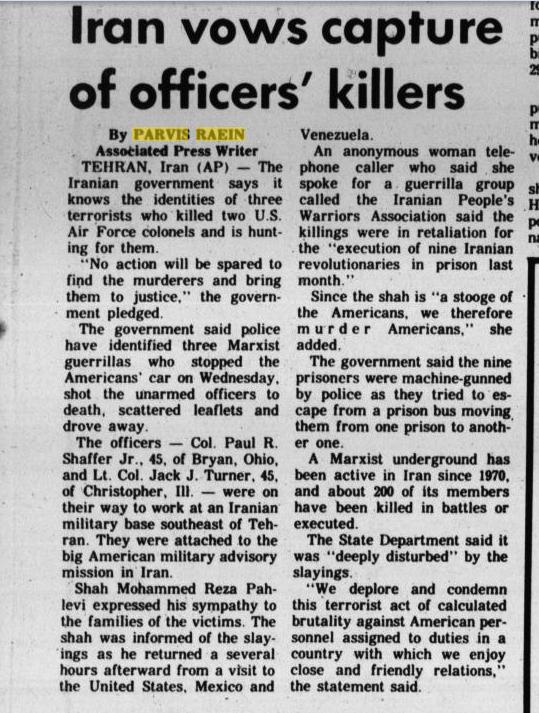
The MEK killed three U.S. Army colonels and three U.S. contractors, It also bombed the facilities of numerous U.S. companies
